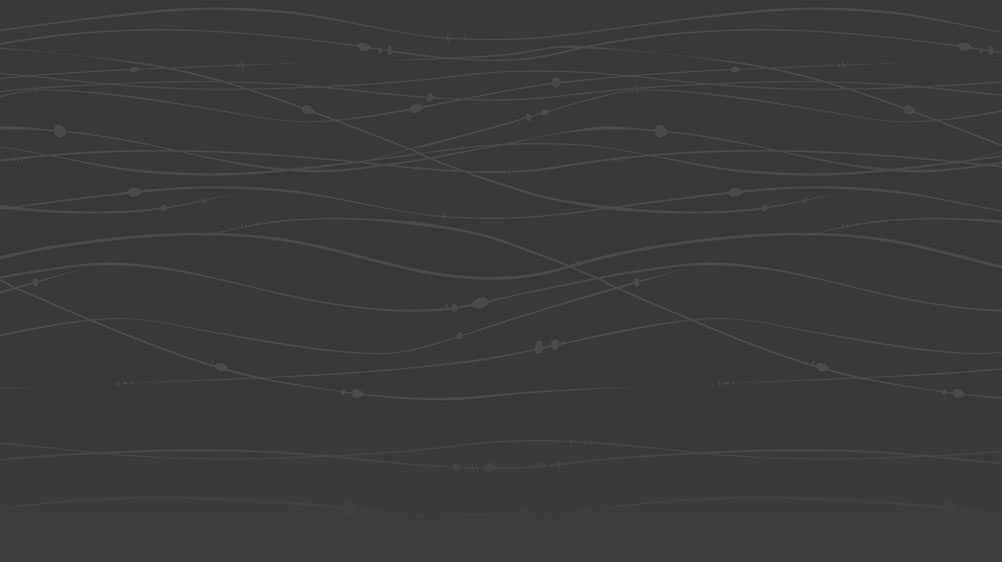

Please join the Great Lakes Center for a seminar presented by Dr. Zy Biesinger, University of Florida, Department of Fisheries and Aquatic Sciences. The seminar is titled “Habitat effects on the space use and growth of reef-oriented fish in the Gulf of Mexico,” and will be held on Thursday, March 20th from 12:15 to 1:30 p.m. in Classroom Building, Room B332.
Fisheries models often treat demographic parameters as constant across large spatial scales. But spatial variation in habitat-dependent processes may be important to population dynamics, especially for species with spatially structured life histories, like gag (Mycteroperca microlepis). To explore the connections between space use, habitat, and growth, Biesinger used sonar imagery to map the seafloor, acoustic telemetry to estimate home range sizes, and length-weight measures to estimate growth of gag living in two landscapes.
Gag establish residency at physical shelters and roam the landscape for food. This trade-off between predation risk and foraging success may be affected by the surrounding habitat. Biesinger compared the home range sizes of juvenile gag established on artificial reefs in sand- or hard-bottom landscapes. In June through December 2009, he acoustically tagged 8 individuals on each of 3 sand- and 3 hard-bottom reefs surrounded by an array of 5 hydrophones. With 2 s tags, he then triangulated the two-dimensional positions of individuals for 14 days. Comparing 50% kernel density estimates of home range size, Biesinger found that gag on sand-bottom reefs use, on average 54 m2, compared to 412 m2 on hard-bottom reefs (t(-3.7655), df=2.085, p=0.03). He did not detect a difference in growth.
Understanding the effect of habitat type on space use is an important step toward incorporating habitat variation across the continental shelf into fisheries population models. As fisheries management tools become increasingly spatial (e.g., marine protected areas, artificial habitat enhancements), a better understanding of the relationship between habitat, space use, and growth may increase management effectiveness.
Some content on this page is saved in PDF format. To view these files, download Adobe Acrobat Reader free. If you are having trouble reading a document, request an accessible copy of the PDF or Word Document.
